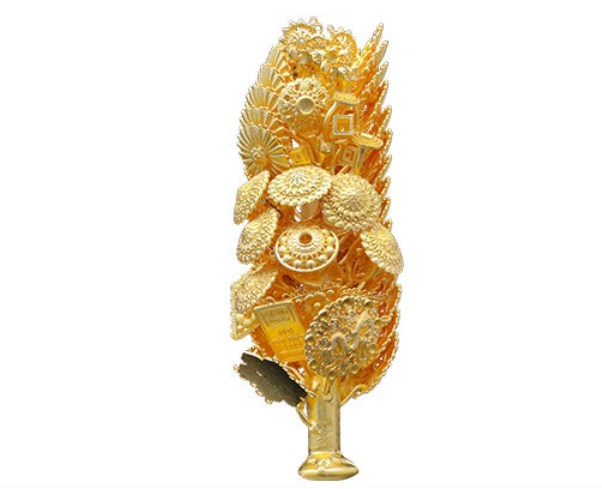Title: The Ultimate Guide to Precious Metal Casting: Exploring Machinery and Technology
introduce
Casting precious metals is an ancient art, dating back hundreds of years. From making intricate jewelry to creating ornate sculptures, the casting process allows artisans to transform raw materials into stunning works of art. In this guide, we’ll delve into the machinery and techniques used to cast precious metals, providing a comprehensive overview of this fascinating craft.
Learn about the process of casting precious metals
Before we explore the specific machinery used to cast precious metals, it is important to understand the entire process. Casting involves melting metal, pouring it into a mold, and then allowing it to cool and solidify. This process can create complex shapes and designs that would be difficult or impossible to achieve through other methods.
Machinery for casting precious metals
1. Crucible furnace
One of the key machines used to cast precious metals is the crucible furnace. This type of furnace is designed to reach high temperatures to melt metals such as gold, silver, and platinum for casting. Crucible furnaces come in a variety of sizes, from small tabletop models used for jewelry casting to large industrial units used for mass production.
2. Centrifugal casting machine
Centrifugal casting machines are often used to cast small, complex workpieces such as jewelry components. This type of machine uses centrifugal force to evenly distribute molten metal within the mold, producing high-quality castings with minimal porosity. Centrifugal casting machines are available in both manual and automatic models, providing flexibility to craftsmen and manufacturers.

3. Vacuum injection molding machine
Vacuum casting machines are essential for obtaining high-quality, void-free castings. These machines work by creating a vacuum environment that removes air and gases from the mold cavity before pouring molten metal. This process helps eliminate air pockets and ensures the metal completely fills the mold, resulting in a precise and perfect casting.
4. Induction melting furnace
For large-scale production and industrial casting operations, induction melting furnaces are commonly used. These furnaces use electromagnetic induction to heat and melt metal, providing precise temperature control and energy efficiency. Induction melting furnaces are capable of melting a variety of metals, making them a versatile tool for casting precious metals on a large scale.
Precious metal casting technology
In addition to the machinery used to cast precious metals, craftsmen and manufacturers employ various techniques to achieve the desired effect. Some of the most common techniques include:
– Lost Wax Casting: This ancient technique involves creating a wax model of the desired object and then fitting it into a mold. The wax melts and drains away, leaving a cavity filled with molten metal to form the final casting.
– Sand Casting: Sand casting is a versatile and cost-effective metal casting method. It involves creating a mold by compacting sand around the model, which is then removed to leave a cavity into which the metal is poured.
– Investment Casting: Also known as “lost wax casting,” investment casting involves creating a wax pattern coated with a ceramic shell. The wax melts and the ceramic shell is filled with molten metal to form the casting.
– Die Casting: Die casting is a highly efficient method of producing large quantities of high-precision metal parts. It involves forcing molten metal into a mold cavity under high pressure, resulting in complex shapes and tight tolerances.
in conclusion
Casting precious metals is a time-honored craft that still thrives in modern times. By understanding the machinery and techniques used to cast precious metals, craftsmen and makers can create exquisite pieces that showcase the beauty and versatility of these precious materials. Whether crafting intricate jewelry or producing industrial components, the art of casting precious metals remains an important part of the world of manufacturing and art.
Post time: May-11-2024











